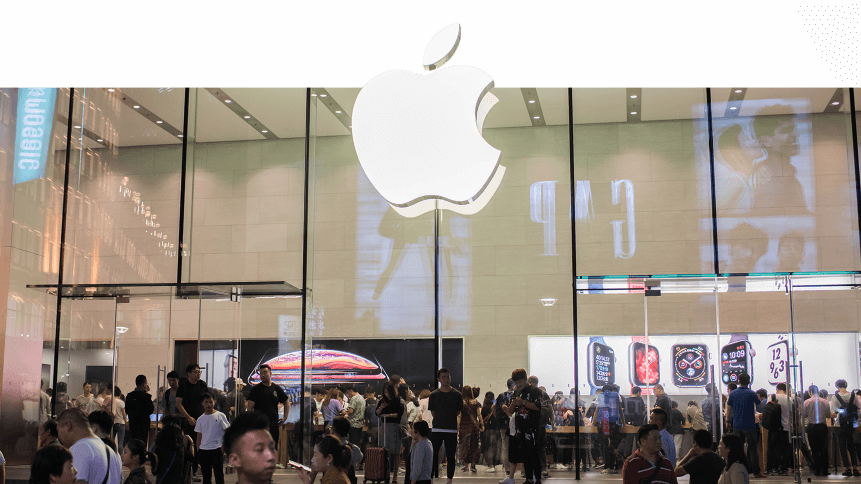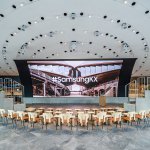How can offline retailers meet online expectations?

Consumers have big expectations for retailers today.
No longer are express delivery and free returns options nice-to-haves— competition in the thriving e-commerce space means members are vying to quench consumers’ need for instant gratification.
At the same time, retailers are forced to hammer down prices across ever-expanding ranges thanks to price comparison tools and price-matching offers, making profits tighter than ever.
While it’s tough out there in the digital realm, consumer expectations are overlapping into the physical world of retail too.
Seeking an online experience
According to UK research commissioned by REPL Group, more than half of CIOs and CTOs are investing in technology in a bid to “match” and compete against the online shopping experience.
The report found that retailers are looking to technology that helps provide real-time stock availability and delivery from the store as they seek to create a frictionless high-street shopping experience.
“It’s no secret that retailers are struggling with a number of challenges, however, the ones that are performing more successfully are those that are matching the differentiator of having a physical infrastructure with the capabilities of a digital environment,” said Mike Callender, Executive Chairman of REPL Group.
Callendar said this approach can play an advantage against their online competitors, in that they can maximize the benefits of a physical store while providing the immediacy customers demand.
However, just a “handful” of retailers are able to pull off this innovative approach, and it’s often limited to their flagship store.
Specifically, some of the tech retail IT heads are looking at includes AI as the highest priority (40 percent), IoT networks (26 percent), and robotic process automation (17 percent).
At the root of utilization for this tech is turning data into action, such as ensuring the right stock is available at the right time, maximizing the impact of dwindling footfall and increasing chances of an impulse purchase.
Real-time stock availability (49 percent) and offering delivery from the store (46 percent) were high priorities.
Meanwhile, mobile apps were an investment for close to two-thirds of retailers (59 percent), owed to apps becoming central to consumers’ purchasing habits today.
Overlooking the experience
With nearly a third (31 percent) of retailers now unable to maintain previous rates of tech spending, limited budgets mean CIOs and CTOs are focused on building in the tech backbone of the business but could be overlooking the experiential elements that could really drive up their appeal in the eyes of the customer.
Just a handful of retailers were prioritizing smaller touches, such as digital signage and point-of-sale, while the could see the greater impact of using these in combination.
While digital signage on its own may not offer direct results, using this in conjunction with moveable pay stations or in-store mobile apps would support effective sales and allow retailers to provide the immediacy that consumers desire.
Customers could see something on offer there and then and pay for it in an instant – much like online purchases.
It is these “small touches” that could add up to pay dividends, offering innovative customer experiences that can’t be matched by retailers’ online counterparts.
According to Garrett Page, Head of Operations, Samsung KX— a new experience space in Kings Cross, London— retail is going through a period of “incredible reinvention”.
While not all retailers will have the budgets of Samsung to invest in AR, haptic displays or personalized 3D printing, they can take heed of Garrett’s thoughts on providing simple, human value in-store.
“Unlike traditional stores where staff are trained to sell a specific product, the Samsung KX team members are customer experience ambassadors, who have had extensive training to bring our expansive portfolio of products to life in a meaningful way,” Page said.
“We have a clear identity, focus, and purpose for KX– perfectly embodied by our staff, who are encouraged to focus more on showing their personalities, rather than selling products– and we’re doing this because we’re confident that we’ve cracked what makes retail great.”
In the run-up to Black Friday, when sales are at some of their lowest ebbs, focusing on the in-store experience, particularly some of the non-digital elements can be the recipe to success, and customers might not wait until the sales season to commit.










